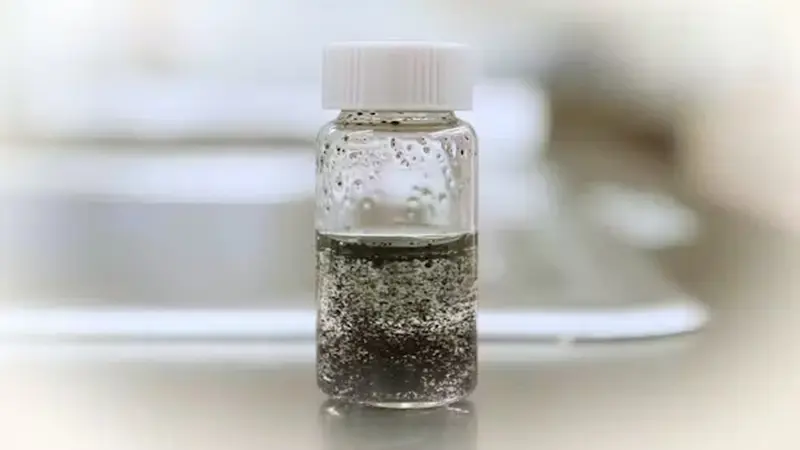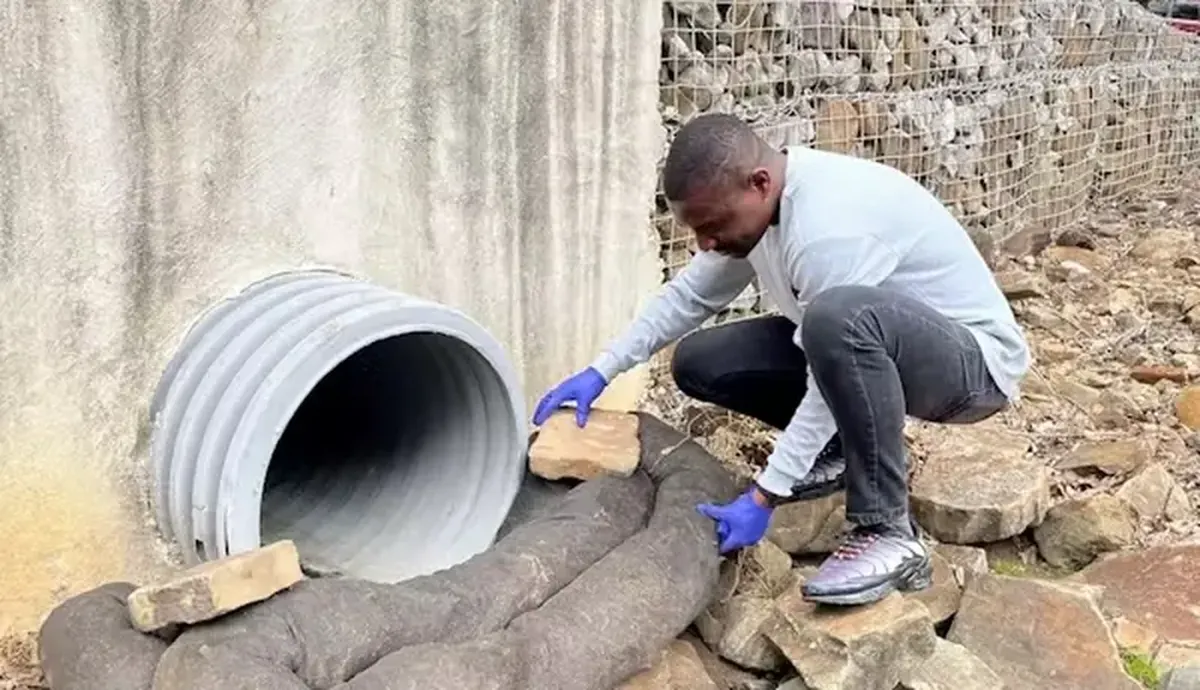Car tires wear down over time and need to be replaced. But where does all that worn material go?
Scientists assert that tiny micro-particles of from synthetic rubber tires often end up in waterways and in the bodies of aquatic creatures. Eventually, these particles make their way into the stomachs of people who consume them.
A team of analytical chemists and ecologists from the University of Mississippi (USA) has confirmed that cars contribute to environmental plastic pollution even more than any other sources of contamination.
Microplastics: A Major Problem
Millions of tons of plastic waste enter the each year. Recently, researchers calculated that particles from tire wear account for about 45 percent of microplastics found in both terrestrial and aquatic systems.
As vehicles travel on roads, their tires shed the tiniest particles of . Rain washes these wear particles into ditches, from where they flow into streams, lakes, rivers, and oceans.

Fish, crabs, oysters, and other aquatic residents often find microplastics in their food. Certain fish species, such as rainbow trout, brook trout, and coho salmon, die due to toxic chemicals found in tire wear particles.
In 2020, researchers discovered that more than half of the coho salmon returning to spawn in Washington state streams had died primarily due to 6PPD-Q—a chemical added to tires for reinforcement.
However, these particles pose a threat not only to aquatic life but also to humans and terrestrial animals, especially those living near major highways. Microplastics from tires pollute not just waterways but also the air, as reported by Science Alert.
In a study conducted in China, the aforementioned chemical 6PPD-Q was found in the urine of both children and adults. Scientists confirmed that it causes serious harm to the liver, lungs, and kidneys.
How Can We Reduce the Impact of Tire Wear Particles on the Environment?
In search of non-invasive methods to remove these particles from waterways, the university team developed a technology based on readily available and inexpensive natural materials.
The idea is simple: capture tire wear particles before they reach streams, rivers, and oceans.
The team tested biofilters made from pine bark and biochar (charcoal produced by heating rice husks in a low-oxygen chamber). Researchers found that these filters could remove about 90 percent of tire wear particles from wastewater.
The biofiltration system was installed at the entrance to a drainage outlet. Researchers then collected samples of stormwater runoff and measured the concentration of tire wear particles before and after the system was installed. It turned out that after the biofilter was in place, the concentration of microplastic particles significantly decreased.

Since biochar and wood chips can be sourced from agricultural waste, they are relatively inexpensive and accessible to local communities.
To ultimately determine the effectiveness and scalability of this method, researchers need long-term monitoring studies, especially in areas with heavy vehicle traffic.
The source of the materials for the filters also matters. There are concerns that untreated agricultural waste may release organic pollutants.
Like most filters, biofilters need to be replaced over time, and the used ones must be disposed of properly, as they accumulate harmful particles.
Plastic waste harms the environment, the food we eat, and, of course, our health. Therefore, the team believes that biofilters made from plant waste could be an effective, relatively inexpensive, and environmentally friendly solution.
Photo: pixabay.com
